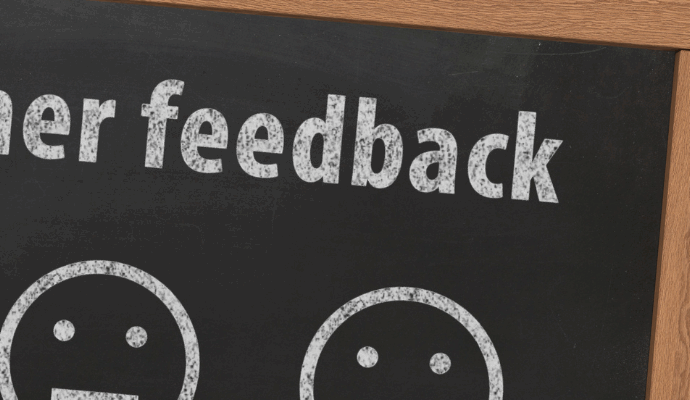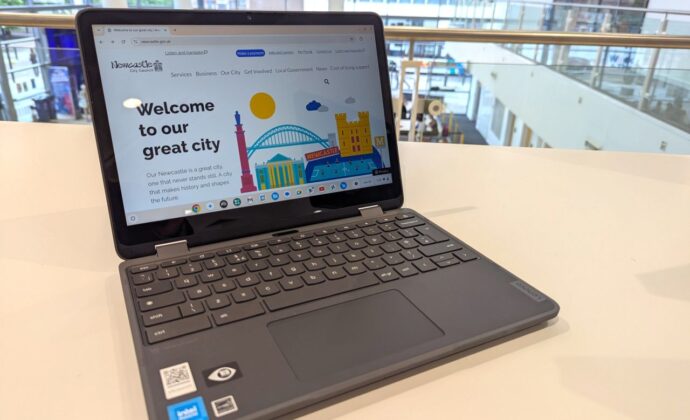
This guide outlines why Accessible Standard Formats are critical, how to adopt best practices, and how Datagraphic can help your organisation futureproof its communications.
As the UK population ages, the way organisations communicate must evolve. The number of people aged over 85 could nearly double to 3.3 million by 2047, according to a population projection by the Office for National Statistics (ONS). Many will also face age-related impairments affecting access to essential communications, from council letters to healthcare updates.
At the same time, more than 2 million people live with sight loss (RNIB) serious enough to impact their daily lives, and (while peer-reviewed data is limited) several additional sources estimate 10-20% of the UK population to be neurodivergent, with learning difficulties including dyslexia and dyscalculia.
Add to this the 20% of people who still face digital access barriers. The case is clear: inclusive, accessible communication is no longer optional — it’s essential.
Understanding Accessible Standard Formats
Accessible Standard Formats are alternative ways of presenting content to make it understandable and usable for people with different abilities and needs.
Common formats include:
- Large print
- Braille
- Audio transcriptions
- Easy read and/or coloured papers (for people with learning disabilities/difficulties)
- WCAG compliant web services – offering adaptive screen settings for digital communications
These formats are essential for many adults with visual or cognitive difficulties.
Practical steps to improve inclusion
Here’s how your organisation can create communications that include everyone:
- Start with user needs
Consult people with lived experience of impairments. Their insights will shape more usable communications. Engage with organisations like the UK Association of Accessible Formats (UKAAF) to understand how your communications can go further to improve accessibility for your recipients.
- Offer multiple formats
Allow recipients to receive information in their preferred format, e.g. large print, audio, braille, easy read and coloured papers or accessible digital formats that are WCAG compliant. If using Datagraphic’s Aceni to deliver your accessible formats, the service can be set-up to recognise which recipients need which format.
- Keep it simple
Review the content of your communications and use plain language, high-contrast design, logical layouts, and readable fonts. For digital interfaces, ensure the format is WCAG 2.2 compliant. To support neurodivergent recipients and those with visual impairment,s consider colour palettes (e.g. yellow or blue paper) that reduce the harshness of print on white paper to reduce visual stress.
- Test and validate
Involve your recipients, where possible, in testing the accessibility of your communications. Check documents against UKAAF guidelines and that your digital services, if not hosted by Datagraphic, are WCAG 2.2. compliance.
Advocating for Accessible Standard Formats
The Royal National Institute of Blind People (RNIB) plays a vital role in supporting people with sight loss and helps us to create documents in Braille format. The RNIB has long advocated for inclusive communications. Their work across the print industry helps ensure accessible formats meet industry standards and real people’s needs.
However, it is the UK Association for Accessible Formats (UKAAF) that sets the standards we follow to ensure printed and digital communications are accessible to all.
UKAAF provides industry guidance on best practice, helping organisations like ours meet the needs of individuals with visual impairments through formats such as large print, audio, and Braille. By following their expertise, we comply with regulations and standards such as the Equality Act 2010, Public Sector Bodies Accessibility Regulations 2018, and for health and social care providers, the Accessible Information Standard (AIS).
How Datagraphic can help
At Datagraphic, accessibility is built into everything we do — from hybrid mail and secure digital delivery to bespoke accessible formats. Our services support organisations across the public and private sectors in meeting inclusion goals without compromising on quality, security, or sustainability.
Datagraphic: Making communication accessible for all.
Get in touch with Datagraphic to discuss how to make your communications accessible for all.











